Lindsey Lab in the Media
Last updated August 9, 2023.
2023

Dr. Lindsey participates in MRS panel discussion on effective strategies for applying to faculty positions
This panel along with presentation of a recent publication on how faculty packages are accessed are accessible for for free on the MRS website! (media link)
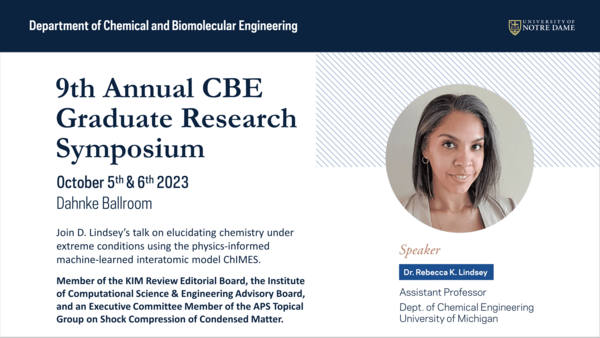
Dr. Lindsey gives invited presentation at the 9th Annual Notre Dame Chemical and Biological Engineering Graduate Research Symposium
Dr. Lindsey discusses the groups work in a talk titled “Engineering Under Extreme Conditions: Learning to Harness the Power of Nature’s Foundries” (media link)
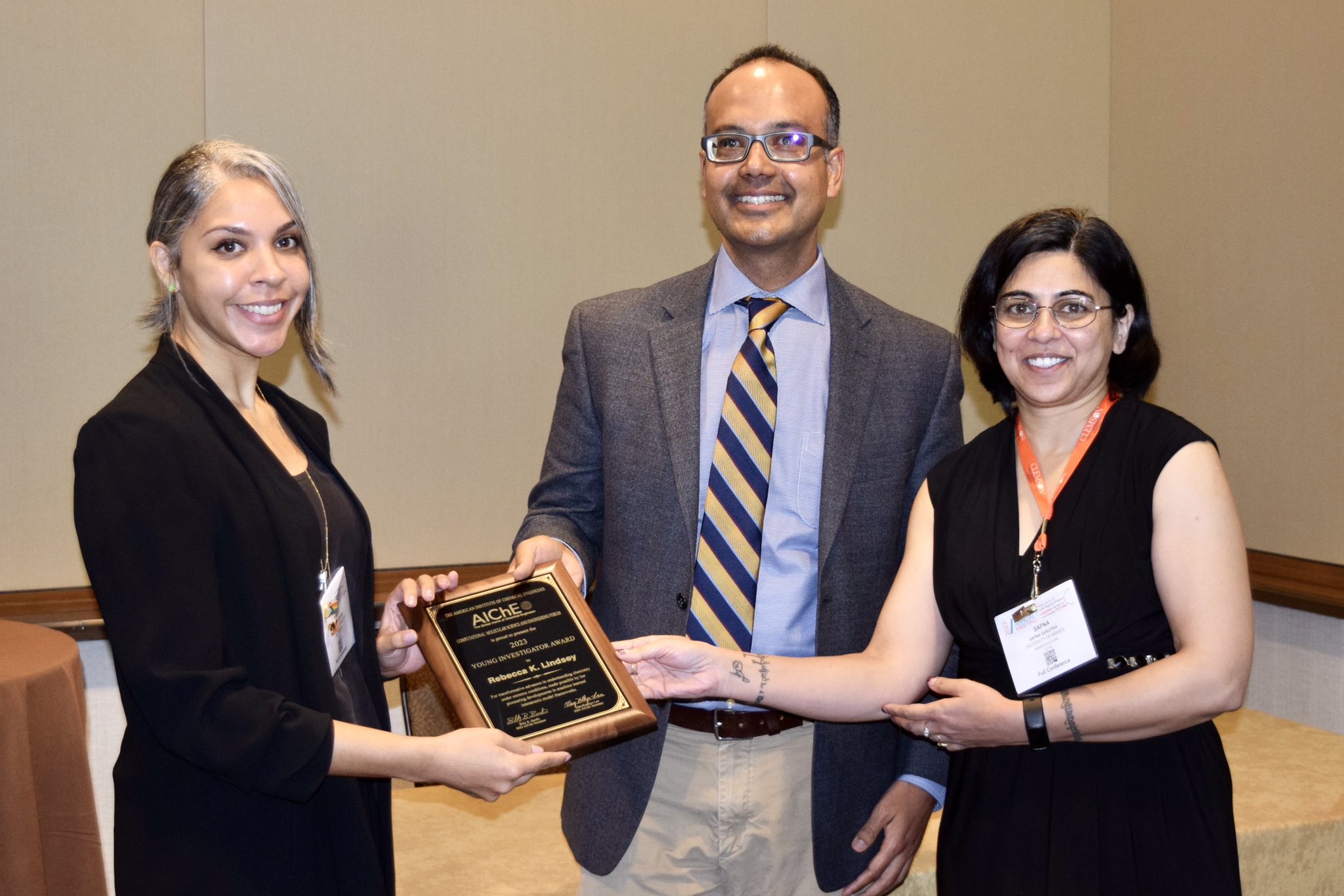
Dr. Lindsey awarded the AIChE Computational Molecular Science and Engineering Forum Young Investigator award
The CoMSEF Young Investigator Award recognizes outstanding research in computational molecular science and engineering, encompassing both methods and applications. (media link)
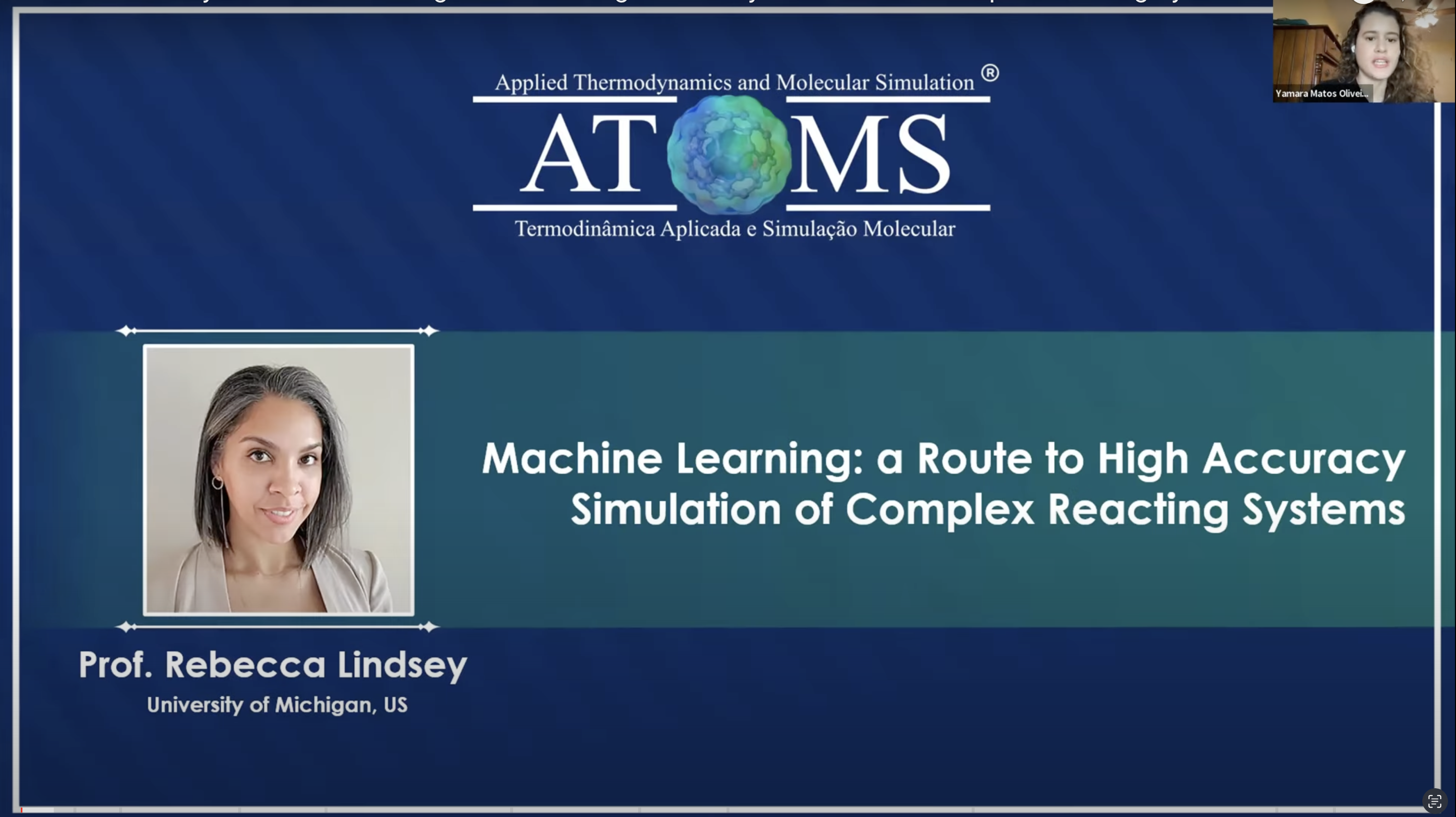
Dr. Lindsey delivers a virtual seminar to the Federal University of Rio de Janeiro (UFRJ), Brazil Applied Thermodynamics and Molecular Simulation (ATOMS) Lab
Dr. Lindsey Discusses how her group uses machine-learning accelerated simulation to demystify chemistry in complex reacting systems (media link).
2022
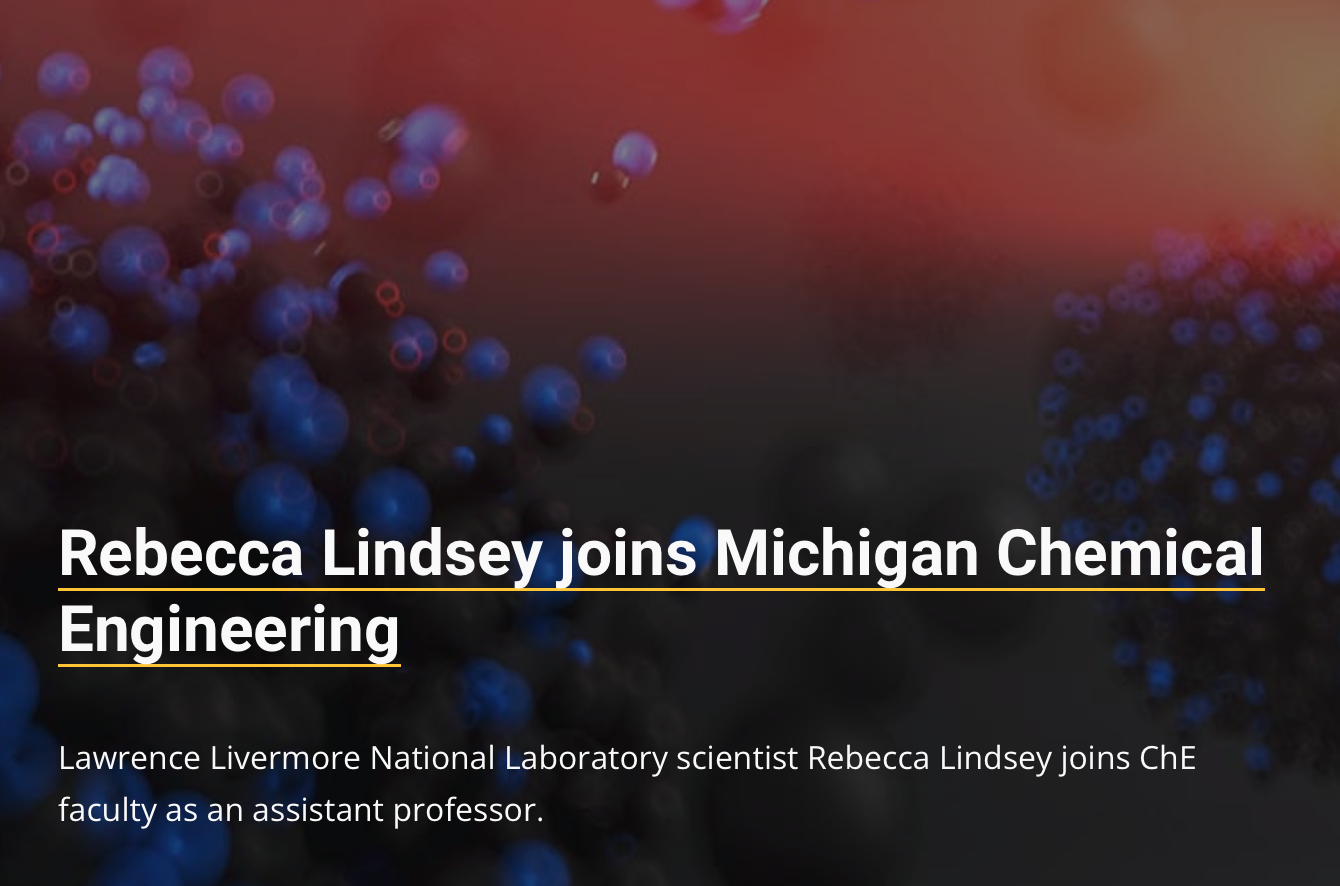
Dr. Lindsey featured on the UM Chemical Engineering website (2022)
The department news article discusses how Dr. Lindsey got her start in chemical engineering and her academic and professional journey. (media link)
Dr. Lindsey discusses data science, machine learning, and stockpile stewardship at the NNSA (2022)
Dr. Lindsey describes how machine learning and data science techniques are used to develop diagnostic tools for stockpile stewardship, such as models that predict detonator performance. Lindsey also describes how atomistic simulations improve researchers’ understanding of the microscopic phenomena that govern the chemistry in materials under extreme conditions.

Dr. Lindsey’s AI-driven simulation capability provides a glimpse into shock-driven nanocarbon synthesis (2022)
To better understand how next-generation carbon nanomaterials could be tailor-made and how their formation impacts shock phenomena such as detonation, Dr. Lindsey conducted AI-driven atomistic simulations providing the comprehensive, atomistically-resolved view into the fundamental governing processes. Ultimately, her AI-driven simulation approach holds promise as an in silico design tool to help guide discovery of new materials. (media link) (manuscript link)
2020
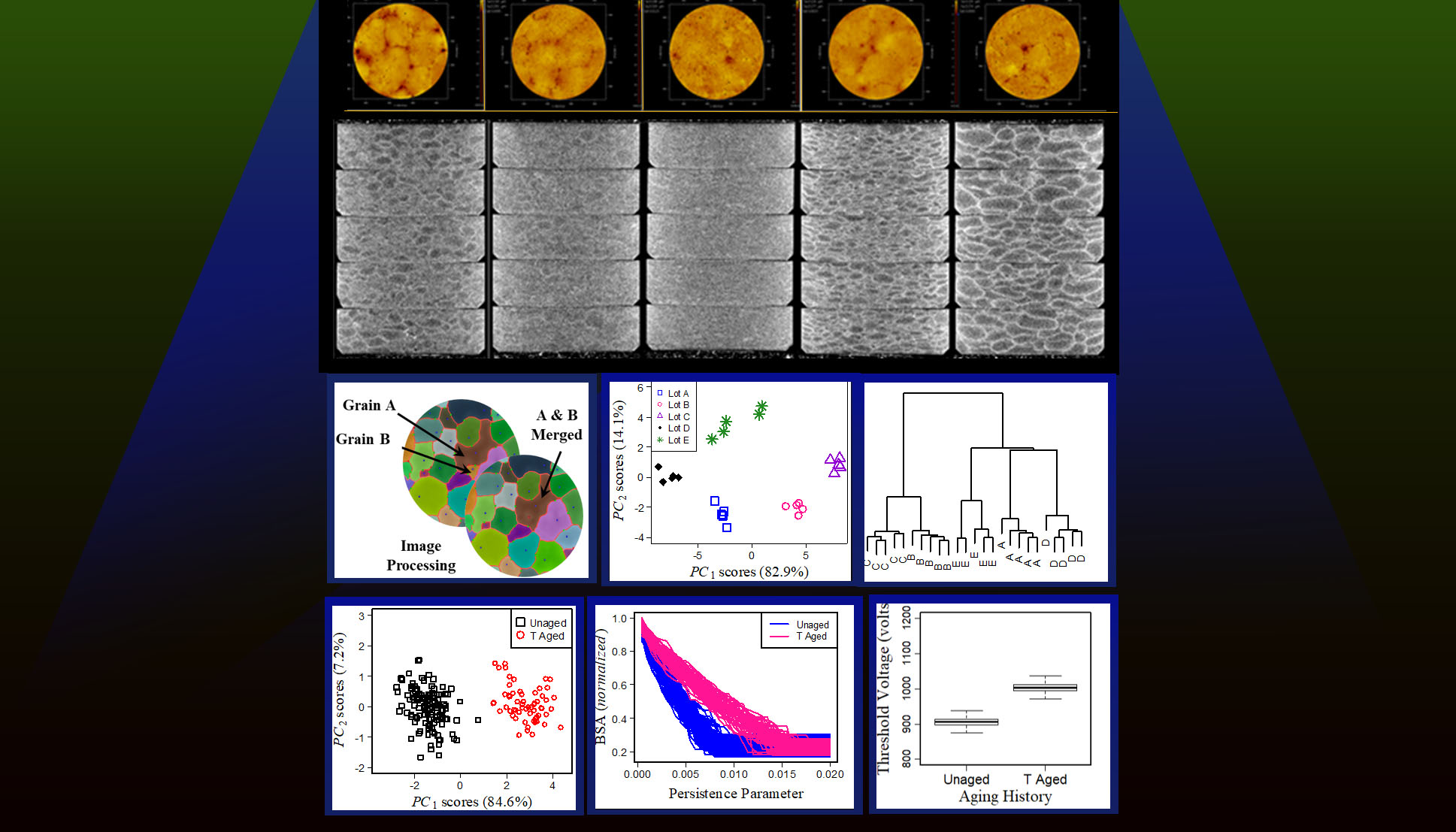
Dr. Lindsey helped develop AI tools to identify microstructure changes in aging materials (2020)
These efforts are helping pave the way to AI-driven design of materials with improved performance and aging attributes. (media link) (manuscript link)
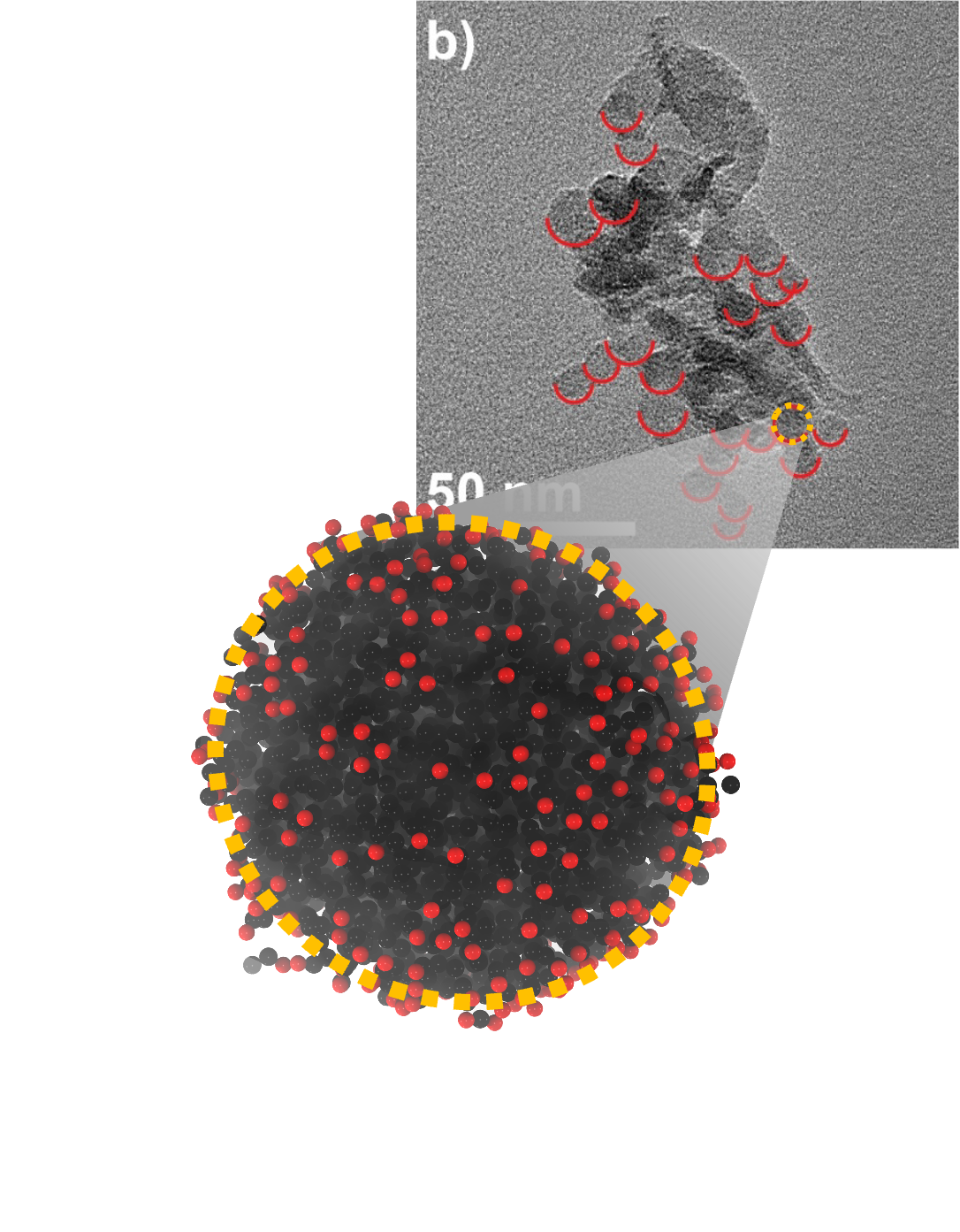
Dr. Lindsey and co-workers discover a new method to create nanocarbons (2020)
Her team demostrates that nanocarbon can be synthesized via ultrafast shocks in organic material. The research is an important stepping stone for the improved characterization and modeling of organics and explosives exposed to strong shock waves and could open new avenues for nanocarbon synthesis. (media link) (manuscript link)
2019
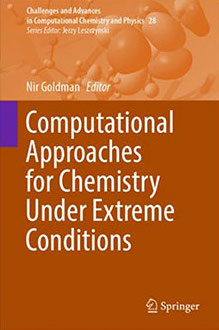
Dr. Lindsey contributes to a new book on computational methods for chemically reactive systems under extreme conditions (2019)
The book presents cutting edge developments in simulation methods, including quantum calculations spanning nanometer length scales and picosecond timescales to reactive force fields, coarse-grained approaches and machine learning methods spanning microns and nanoseconds and beyond. These methods are discussed in the context of a broad range of fields, including prebiotic chemistry in impacting comets, studies of planetary interiors, high pressure synthesis of new compounds and detonations of energetic materials. (media link) (manuscript link)
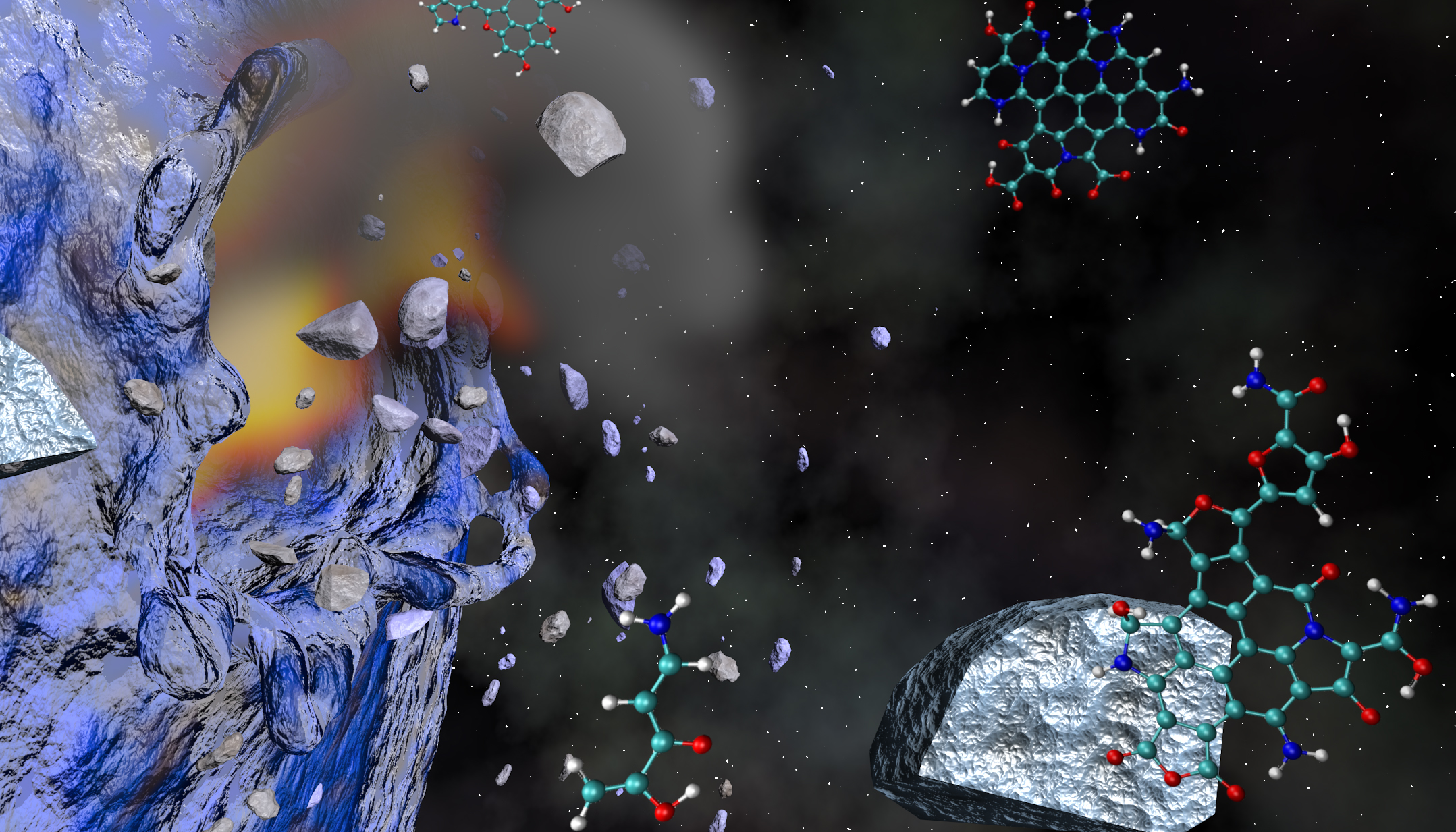
Dr. Lindsey and co-workers investigate how cometary impacts may have jump started life on earth (2019)
Comets screaming through the atmosphere of early Earth at tens of thousands of miles per hour likely contained measurable amounts of protein-forming amino acids. Simulations by Dr. Lindsey and co-workers suggests that, upon impact, these amino acids self-assembled into larger “life-building” compounds. (media link) (manuscript link)
